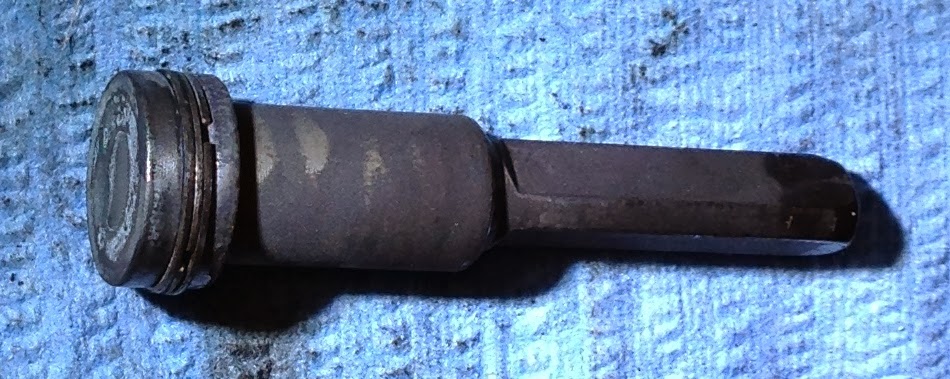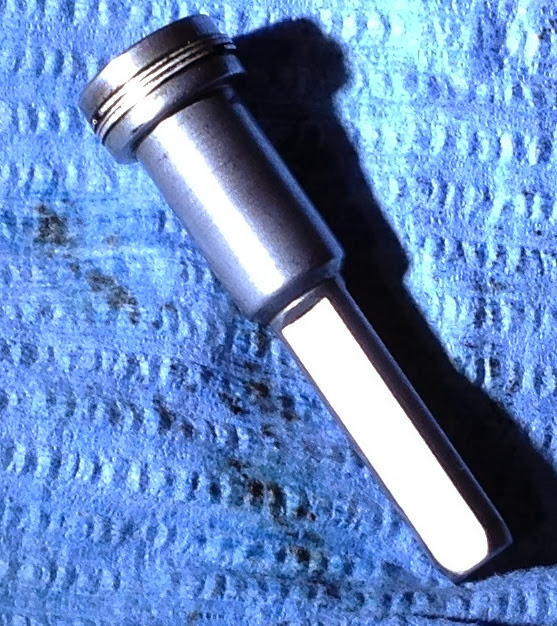So, I'm curious about the common wisdom about leaving gas systems dry vs oiled.
First we have the gas piston from a Steyr AUG as removed when the gas system wasn't lubricated between shooting sessions. Total of about 100 rounds fired over 3 shooting sessions.

This is the same gas piston after rubbing with a dry soft cloth. No solvent of any type was used to clean it.

Next is the gas piston after adding 1 drop of oil* to the gas piston after each shooting session. About 120 rounds fired in 3 shooting sessions. The piston wasn't removed to apply oil, I just did one drop on the face of the piston. The oil has crept over the entire surface of the gas piston and the whole thing is oily.

This is the same gas piston after rubbing with a dry soft cloth. No solvent of any type was used to clean it.

There wasn't appreciably more carbon on the piston after applying oil and then shooting it. What carbon there was was much easier to remove after it had the oil on it.
BSW
*Aeroshell Fluid 18
First we have the gas piston from a Steyr AUG as removed when the gas system wasn't lubricated between shooting sessions. Total of about 100 rounds fired over 3 shooting sessions.
This is the same gas piston after rubbing with a dry soft cloth. No solvent of any type was used to clean it.
Next is the gas piston after adding 1 drop of oil* to the gas piston after each shooting session. About 120 rounds fired in 3 shooting sessions. The piston wasn't removed to apply oil, I just did one drop on the face of the piston. The oil has crept over the entire surface of the gas piston and the whole thing is oily.
This is the same gas piston after rubbing with a dry soft cloth. No solvent of any type was used to clean it.
There wasn't appreciably more carbon on the piston after applying oil and then shooting it. What carbon there was was much easier to remove after it had the oil on it.
BSW
*Aeroshell Fluid 18

